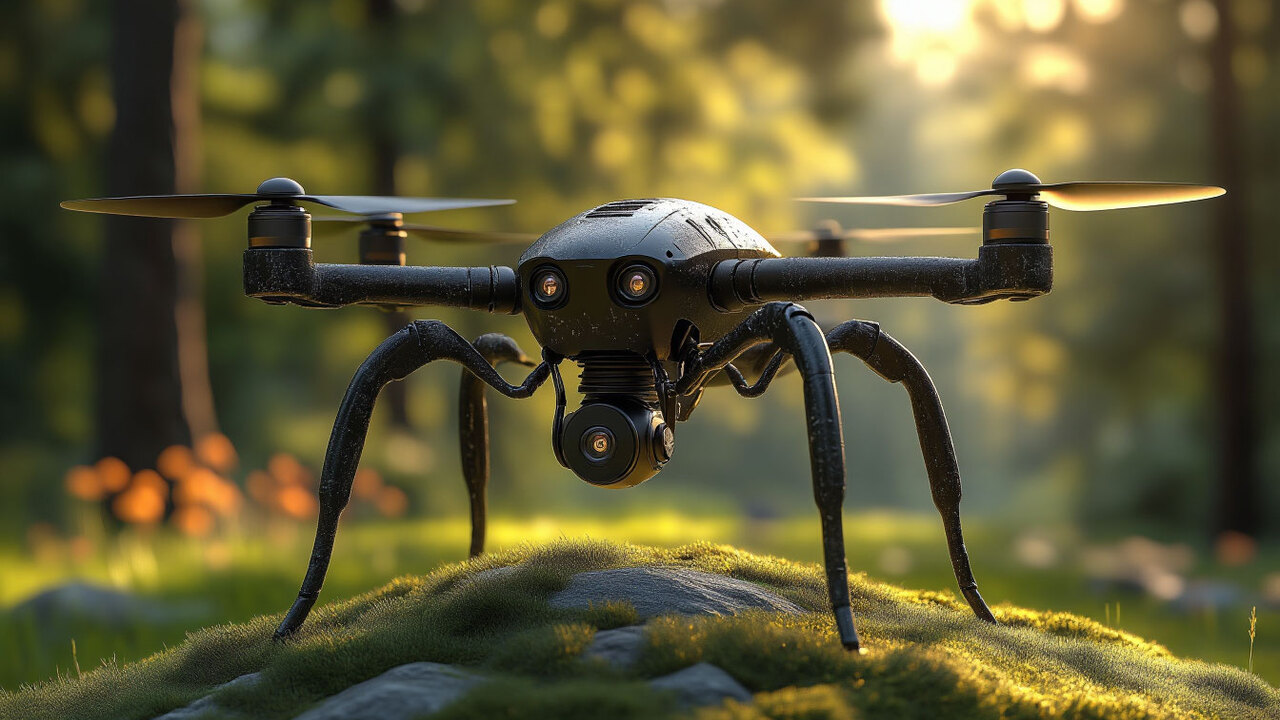Human technology is increasingly breaking paradigms that seemed impossible in the past; NASA and China National Space Administration (CSNA) They plan to send astronauts to ‘live’ in bases on the Moon. Unfortunately, we are still far from completing some tasks. For example, it is still unknown whether humans will actually be able to reach Mars in the next few decades.
One of the goals of space technology is to understand habitable environments similar to Earth. Elon Musk, billionaire and CEO of SpaceX, has already said that one of his goals is to provide a possible new home for some of humanity; their plans include Mars, but due to extreme celestial conditions this may not happen anytime soon. body. In an extreme case, perhaps the solution to saving humanity would be to move the Solar System around the universe.
In a hypothetical scenario, if a supermassive cosmic rock were approaching the Sun and powerful enough to completely destroy the star, perhaps the only solution for humanity’s survival would be to move the Solar System. In another, less likely case, the Earth may have been discovered by ‘evil colonizing aliens’ and so we may need to escape from them.
Although none of these hypotheses are true, Some physicists have already imagined scenarios in which humanity might need to move the system to another region of the cosmos. And yes, theoretically this could be possible.
In a study published in the scientific journal Acta Astronautica, a group of scientists suggest that it may be possible to use a technology called the Shkadov Thruster. This idea is a tribute to Russian physicist Leonid Shkadov. proposed a stellar propulsion concept that uses the energy of the star to enable movement in space.
“Changing the Sun’s orbit in the Galaxy in a controllable way is of great potential interest to humanity. In this article we examine in detail how Class A or Class C stellar engines can be used for this purpose. ‘In Chapter 3, we see that both types of stellar engines can be used for the Sun’ It has been proven to provide almost the same thrust when used to change the orbit of the lander,” the study explains.
Stellar propulsion: How to move the Solar System?
The Sun is the main star in our system and is therefore responsible for keeping the eight planets in a relatively stable orbit. how is it The largest celestial body in the Solar System, this massive star is more than 333,000 times the mass of Earth. In other words, moving it through space would not be an easy task..
Currently, the technology faces numerous challenges in getting a spacecraft out of the Earth’s atmosphere; Moving a massive star would be even more challenging. According to the Kardashev scale proposed by Russian astrophysicist Nikolai Kardashev, this should be possible in a Type II civilization.
The Kardashev scale is used to measure a civilization’s degree of technology in three categories: I, II, and III. In short, a Type I civilization will be able to utilize all the energy of a planet; It could capture and harness the energy of a Type II star; Type III can use all the potential energy of a galaxy.
In the Type II category, science could develop a Shkadov Thruster that would use the star’s own energy to move it through space. Scientists would need to place a giant, concave mirror in front of the Sun. It will reflect radiation back to the star to increase the temperature of the photosphere, thus generating momentum for movement.
Although the speed of this movement is not that fast, in some special cases it can change the position of the Sun by as much as 130 light years. There is also the possibility of using active thrusters that use exhaust systems to move the Sun; Using this method, the researchers suggest that the star will move for 10 billion years.
“In both cases the results are in reasonable agreement. Simple strategies for changing the Sun’s orbit are being considered. The maximum deviation from the normal orbit for a single rotation of the Sun is around 35-40 percent (130 light-years). Therefore, the type considered here “Stellar engines can be used to control the movement of the Sun within the Galaxy to some extent. However, given the limitations of current technology, this solution is not yet realistic,” the study explains.
Did you like the content? So, stay updated with more curiosities about astronomy at TecMundo. If you wish, take the opportunity to understand what the Kármán Line is, where the Earth ends and space begins.
Source: Tec Mundo
I’m Blaine Morgan, an experienced journalist and writer with over 8 years of experience in the tech industry. My expertise lies in writing about technology news and trends, covering everything from cutting-edge gadgets to emerging software developments. I’ve written for several leading publications including Gadget Onus where I am an author.












